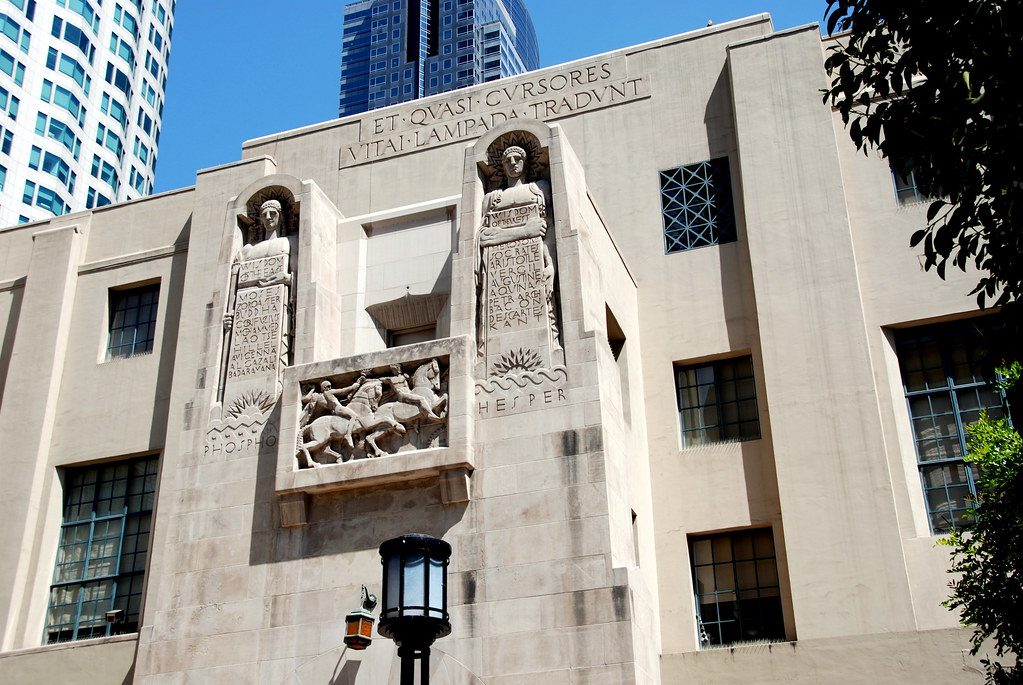I recently spoke in Charleston at the first national meeting of the Institute of Classical Architecture & Art. The ICAA is, in its own words, “committed to promoting and preserving the practice, understanding, and appreciation of classical design.” Exactly what is “classical design”? According to Wiki, “classical architecture usually denotes architecture which is more or less consciously derived from the principles of Greek and Roman architecture of classical antiquity.” That is the art historical definition, but judging from the Professional Portfolio regularly published in the ICAA’s journal, The Classicist, Gothic, Moderne, Art Deco, and various vernacular residential styles such as Shingle Style, Mediterranean, and Craftsman, also qualify. If this sounds reactionary—“anything but Modern”—well, maybe it is. But therein lies a challenge. Architects have always looked back in order to move forward, as James Stirling wisely observed, but move forward they do. This was true of Stirling, but equally true of his predecessors such as Bertram Goodhue, Paul Cret, and Raymond Hood, the last generation before Modernism’s ascendancy in the postwar era. These architects saw the past, including the Classical past, not as a strait jacket but as a springboard. The iconoclastic Goodhue once remarked, “All rules in architecture save absolutely basic ones are outside the subject. And the ‘five orders’ are entitled to no more veneration than all other good constructive form.” Just so.

Los Angeles Central Library (Bertram Grosvenor Goodhue, 1926)

1 thought on “VENERATION”